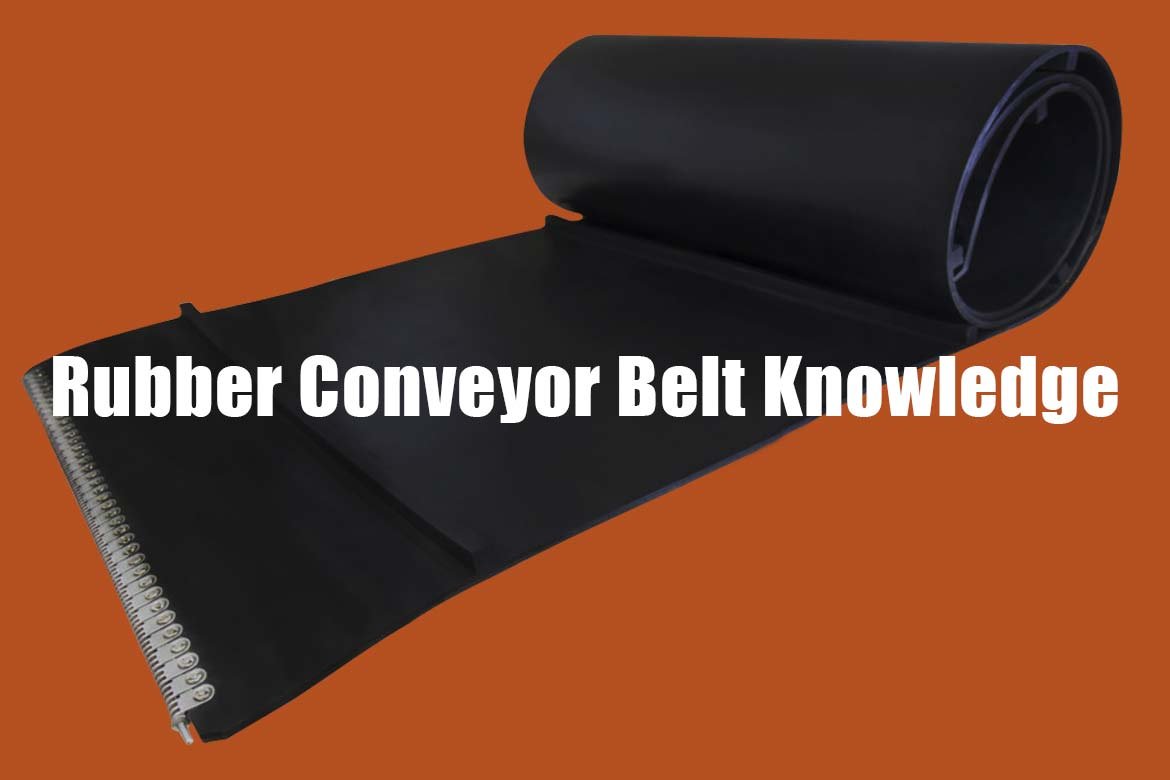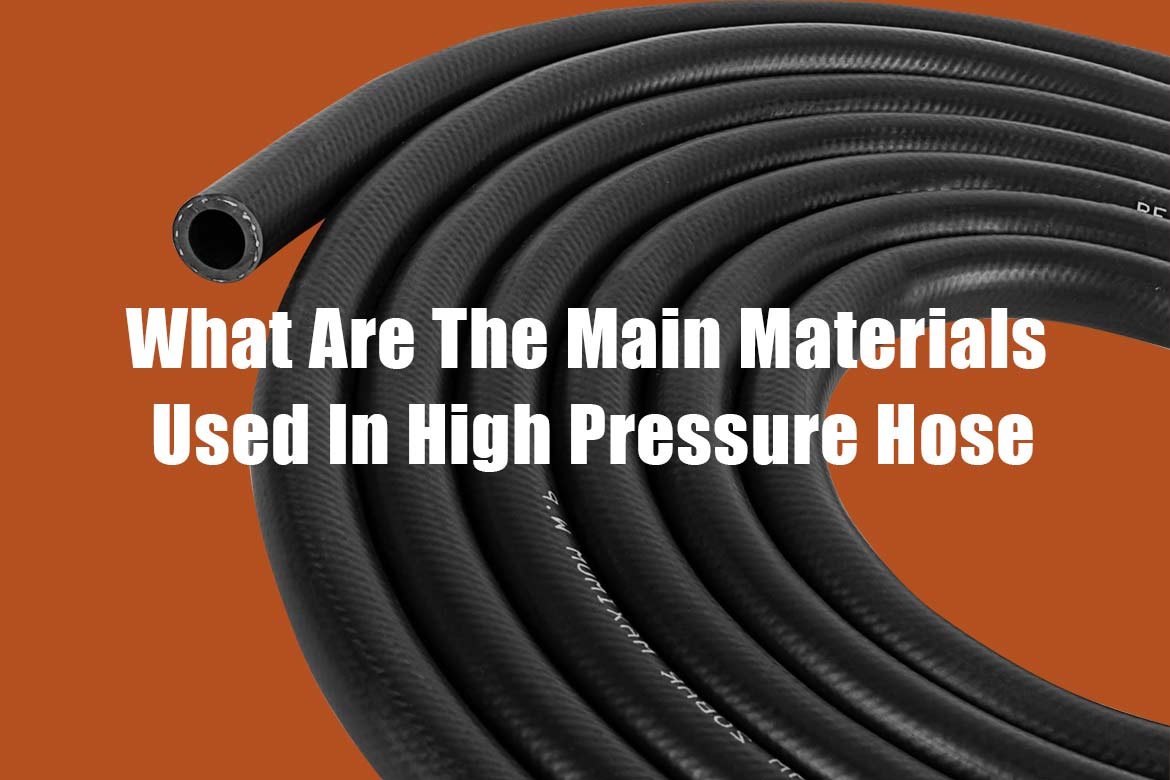There is a wide variety of резиновые уплотнители materials that are used for various seals depending on their characteristics. Seal materials market hydraulic cylinder seals used in the sealing material generally synthetic resin and synthetic rubber, commonly used sealing materials are polytetrafluoroethylene (PTFE), polyurethane (PU), rubber (NBR), silicone rubber (VMQ) and fluoroelastomers (FKM), etc., are sealing characteristics of the material is very good to give full play to the characteristics of the advantages of the following we briefly introduce these kinds of Sealing materials.
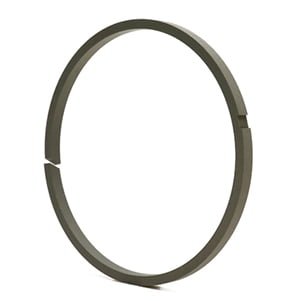
Main features: good chemical stability, heat resistance, cold resistance, resistance to oil, water, gas, chemicals, and other media, high mechanical strength, high-pressure resistance, and good abrasion resistance. Very low coefficient of friction, good self-lubrication.
Generally speaking, filled PTFE is more suitable to be used as hydraulic sealing material than pure PTFE. Commonly used fillers are bronze powder, glass fiber carbon fiber, etc.; these fillers can reduce the coefficient of thermal expansion, improve thermal conductivity, increase wear resistance, and improve mechanical performance.PTFE itself is not elastic, so it is often used in conjunction with rubber elastomers.
Working temperature: -30℃~+ 200℃ (according to the working temperature to select the appropriate material O-ring)
Main uses: for the manufacture of sealing rings, wear-resistant rings, and guide rings (belts) for the most commonly used sealing materials on machinery, widely used in engineering machinery, light machinery, and almost every industry.


Main features: excellent mechanical properties, small compression deformation, high tensile and compression strength, good wear resistance
Working temperature: -30℃~+ 100℃
Main uses: reciprocating seals in the hydraulic system, such as Y-ring, and U-ring.
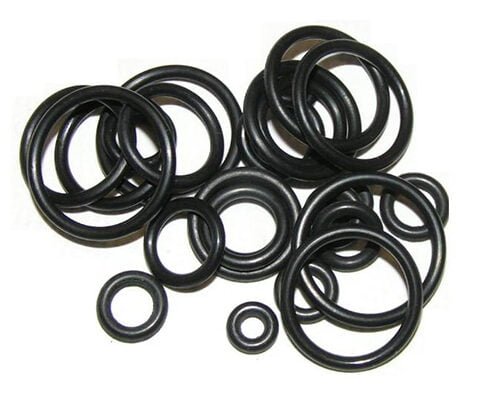

Main features: good oil resistance, compatible with most mineral-based oils and greases, but not applicable to phosphate ester series of hydraulic oils and gear oils containing polar additives.
Working temperature: -40℃~+ 120℃.
Main uses: used in the manufacture of O-rings, oil seals, etc., applicable to general hydraulic oil.


Main features: heat-resistant, acid and alkali resistance and other chemicals, oil resistance (including phosphate ester series lubricants), almost all mineral-based and synthetic-based hydraulic fluids, but in the case of steam, hot water or low-temperature occasions, there are certain limitations, that is to say, its low-temperature performance is limited.
Working temperature: -20℃~+ 200℃.
Working medium: applicable to all lubricants and hydraulic fluids.
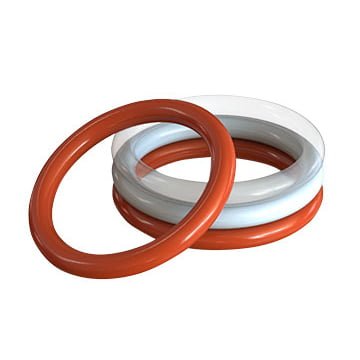

Main features: good heat and cold resistance, small compression permanent deformation, but low mechanical strength, only for static sealing.
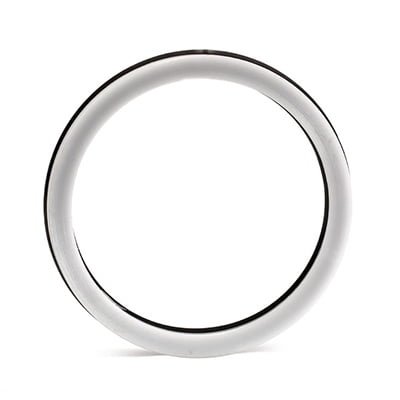

Main features: oil resistance, good abrasion resistance, high compressive strength, impact resistance, but poor dimensional stability.
Operating temperature: -40 ℃ ~ + 120 ℃
Main uses: used in the manufacture of guide rings, guide bushings, support rings, pressure rings, retaining rings, and so on.
The above are several common materials for hydraulic seals. Any questons and inquiry, contact Крис Чжоу (zhou@sterubb.com)



